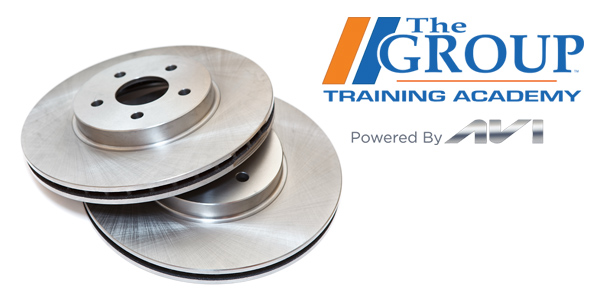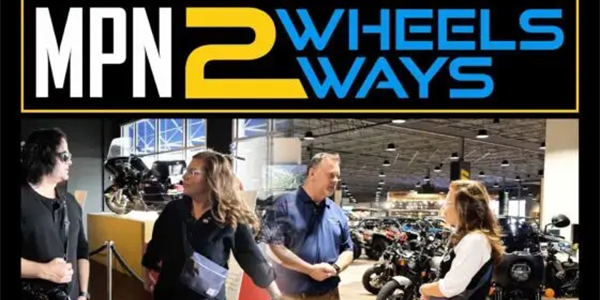All vehicles on the road have a cooling system but the fact is, they’re really nothing like yesterday’s cars and trucks. Today, they are more complicated than ever and continue to evolve. No longer do cooling systems just keep the engine and motors cool, they cool and warm various components under the hood, as well as other areas of the vehicle.
They used to be simply known as “radiator hoses,” but now things are much more complicated and even contain assorted elements built into the hose to perform a wide variety of tasks. Today’s hose assemblies are called ‘modular’ coolant hoses, because they utilize a variety of modules built into their construction. These modules can be a branching tee in the hose, quick-connect, valve, drain, air-bleeder or sensors but all have coolant flowing through them.
What used to be a fairly simple circuit of fluid – into the engine and perhaps a limited number of components, then back into the radiator – now uses modular hoses to convey coolant to a variety of components on the vehicle. Now, the the fuel system, forced-air induction systems (turbo/superchargers), auxiliary heaters, inverters and battery packs and other componets receive the benefit of coolant. There can also be multiple modular hoses on a vehicle, consisting of radiator hoses and heater hoses.
These modules within the hoses are critical to the proper operation of the cooling system. For example, some hoses include flow-restrictors within the hose. These restrictors reduce the flow and pressure within the hose to certain components such as the heater core; and are required to maintain core integrity. The modules in these hoses are essential and include sensors which measure flow rate, temperature, etc., communicating directly with the ECM.
Coolant hose failures can lead to anything from a stranded-on-the-roadside driver, to a significant and costly engine overhaul. The premium EPDM rubber used in today’s coolant hoses will typically last nearly 100,000 miles but you should recommend inspection well before that. Determining a worn-out hose just isn’t as simple as it used to be and failure can be costly.
Often, such hoses include multiple branches and connectors, with smaller I.D. heater-type hoses which snake around inside the engine compartment. The technology used in modular hoses can make them significantly more expensive than standard, molded coolant hoses. In general, a modular hose is likely to be three times the cost of a standard hose. However, a failure can be even more expensive, from a roadside breakdown to complete engine failure.
You will primarily see this on European and domestic vehicles, but the Asian makes are quickly following suit. Knowing what vehicles are in your area and the parts associated with those vehicles is easily accomplished using today’s parts manufacturers’ database of registered vehicles. Having the right part at the right time is critical to the success of your business.
Visit Gates Corporation for more information.
This video is sponsored by The Group Training Academy.













